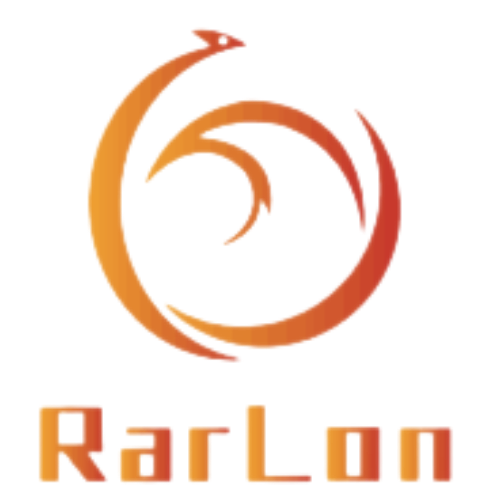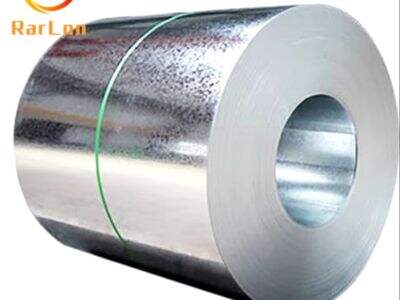다음 말을 들어본 적 있나요? "그 눈덩이는 핫롤링 강철 코일 위에서 녹을 거야." 음, 아마도 많이 들지는 않았겠지만 왜 그런지 아나요? 우리 RARLON에서는 이것에 대해 수년간 고민해왔습니다. 아래는 기본적인 원리입니다. 스테인리스 스틸 제품 예를 들어 핫롤링 강철 코일이 어떻게 눈을 녹이는 장치로 작동하며, 물줄기를 쏘아도 녹는 것을 멈추게 할 수 없는 이유입니다. 그래서 여기에는 어떤 논리가 있을까요?
핫롤링 강철 코일을 얻어서 눈덩이를 녹이는 방법
열간 압연 강선은 우리가 일상 생활에서 사용하는 많은 일반적인 물체를 제조하는 데 매우 중요한 역할을 합니다. 이들은 자동차, 가전제품, 심지어 우리가 살고 일하는 건물들을 만드는 데 도움을 줍니다. 이러한 선재들은 기록적인 온도로 가열되어 만들어집니다. 그런 후에 압연기계에서 평평하게 압연됩니다. 압연 과정 자체가 재료에 훨씬 더 큰 강도와 인성을 부여합니다.
당신은 아마 지금쯤 이렇게 생각하고 있을 겁니다: 어떻게 이 열간 압연 강선들이 눈덩이를 녹일 정도로 충분히 뜨거운 상태를 유지할 수 있는 걸까요? 물이 있든 없든 말이죠. 섬세하고 고전적인 감칠맛과 견과류의 향기를 내는 비결은 바로 열간 압연 강선의 탄소 함량입니다. 탄소강제품 강으로 처리되어 강철을 extremely 하드하고 강하게 만듭니다. 선재들이 차가운 것, 예를 들어 눈과 접촉하면 열을 엄청난 속도로 전달할 수 있습니다. 즉, 이러한 특성을 갖지 않은 다른 재료들에 비해 눈을 녹이는 데 걸리는 시간이 훨씬 적습니다.
수냉이 핫롤링 강철에 미치는 영향
핫롤링 금속 코일을 형성하고 압연한 후, 뜨거운 금속 코일은 물 안개를 통해 분사되어 기계 시스템으로 식혀집니다. 이는 쿨링 과정 동안 코일이 여전히 같은 형태를 유지하며, 강철을 균일하게 만드는 것을 의미합니다. 이러한 균일한 구성은 코일이 다양한 제품의 제작에 필요한 대로 쉽게 구부러지거나 회전하지 않음을 나타냅니다.
하지만 당신은 아마도 묻고 있을 겁니다 — 물 냉각이 눈을 녹이는 데 더 나은가요? 실제로 그들은 그렇지 않습니다. 이상하죠? 물 냉각 과정은 핫롤링 코일의 특정 특성을 변화시키지 않으며, 이는 코일이 눈을 녹이는 능력을 갖게 합니다. 강철 코일은 여전히 빠른 열 전달 능력을 가지고 있어, 이 코일들이 차가운 눈덩이도 즉시 녹일 수 있습니다.
분리형 지지대를 가진 용해기
용해된 눈덩이보다 핫롤링 강선이 더 나은 성능을 발휘한다는 점 외에도, 저는 한 가지 더 논의하고 싶습니다. 그것은 단순히 눈덩이를 녹이는 것뿐만 아니라 실제로 작동하는 요소입니다: 마찰입니다. 마찰은 두 표면이 서로 맞닿아서 생깁니다. 굴러가는 표면에서 마찰을 발생시키는 눈덩이는 다시 녹기 시작합니다. 핫롤링 강선은 비교적 거친 표면 특성을 가지고 있어 매끄러운 표면보다 더 높은 수준의 마찰을 생성합니다. 그리고 예상하겠지만, 추가적인 마찰은 불쌍한 눈덩이들의融解를 가속시킵니다.
Hot-Rolled Steel Coils
따라서, 지금 발생할 수 있는 질문을 들어보시겠습니까? 핫롤링 스틸 코일이 눈덩이를 녹이는 데 그렇게 훌륭하다면, 녹지 않는 장점이 없다면 왜 вообще 녹는 것이 가능할까요? 그 이유는 열 전달과 관련이 있습니다. 핫롤링 스틸 코일이 눈처럼 극도로 차가운 물체와 접촉하면 핫 코일은 금방 열을 잃게 됩니다. 그들이 이렇게 빠르게 이를 할 수 있는 주된 이유는 열을 전도할 수 있기 때문에 눈을 녹일 수 있는 것입니다. 그러나 이러한 코일이 원하는 온도에 가까운 물체 근처에 있으면 열을 보존하고 방출하지 않을 수 있습니다.
핫롤링 스틸 코일의 녹는 눈덩이 효과
다르게 말하면, 열과 온도 특성의 속성을 포함한 핫롤드코일의 본질은 어떤 코일이든 식은 후에도 눈덩이를 녹일 수 있다는 것이다. 예를 들어, 그들은 뜨거운 부분에서 더 차가운 것(예: 눈)으로 열을 방산시키는 데 능숙하지만, 주변 온도보다 높지는 않지만 얼음은 아닌 더 뜨거운 무언가와 가까이 있을 때 열을 유지하는 데 매우 훌륭하다. 또한, 거친 표면 구조 때문에 마찰의 집중력이 더욱 커져서 이는 눈 덩어리를 녹이는 데 적합하다.
일반 핫롤링 강판에 대해서는 정보를 수집하기가 그리 어렵지 않으며, 우리는 항상 RARLON에서 정보를 연구하는 것을 LOVE합니다. 우리는 녹은 눈덩이의 수수께끼를 풀고 왜 그 멋진 코일들을 물로 식힐 수 있었는지, 그리고 그들의 특성을 손상시키지 않았는지를 설명드린 것 바랍니다. 그리고 만약 당신이 학생이거나 교사이거나 심지어 과학에 몰두한 분이라면, 이 모든 정보가 유용하실 것입니다. 우리는 모두 당신이 즐거움을 느꼈기를 바랍니다.

 EN
EN
 AR
AR
 HR
HR
 CS
CS
 DA
DA
 NL
NL
 FI
FI
 FR
FR
 DE
DE
 EL
EL
 IT
IT
 JA
JA
 KO
KO
 NO
NO
 PL
PL
 PT
PT
 RU
RU
 ES
ES
 TL
TL
 ID
ID
 SR
SR
 SK
SK
 UK
UK
 VI
VI
 SQ
SQ
 HU
HU
 MT
MT
 TH
TH
 TR
TR
 FA
FA
 MS
MS
 MK
MK
 HY
HY
 AZ
AZ
 KM
KM
 LA
LA
 MN
MN
 MY
MY
 KK
KK
 UZ
UZ

